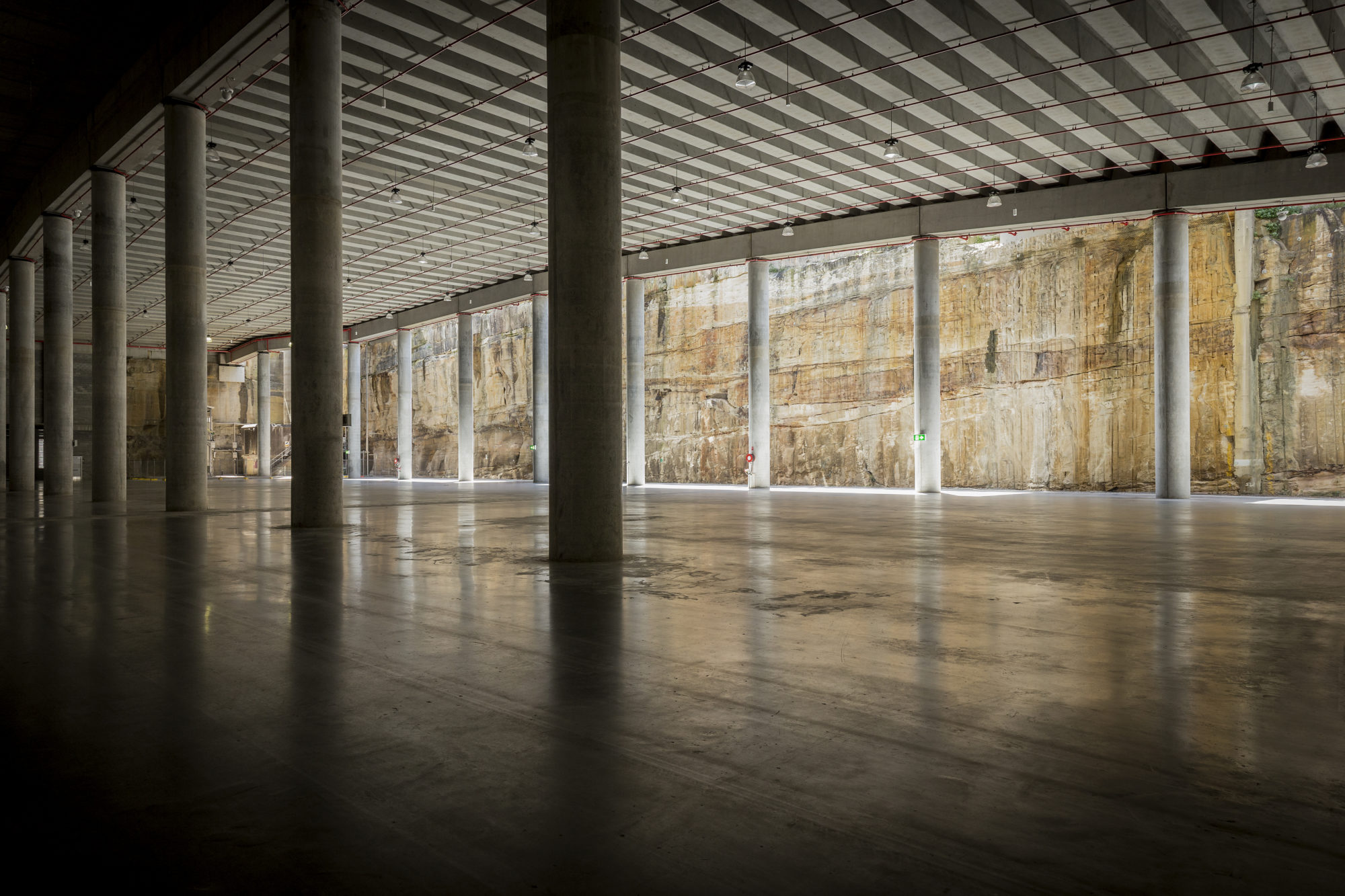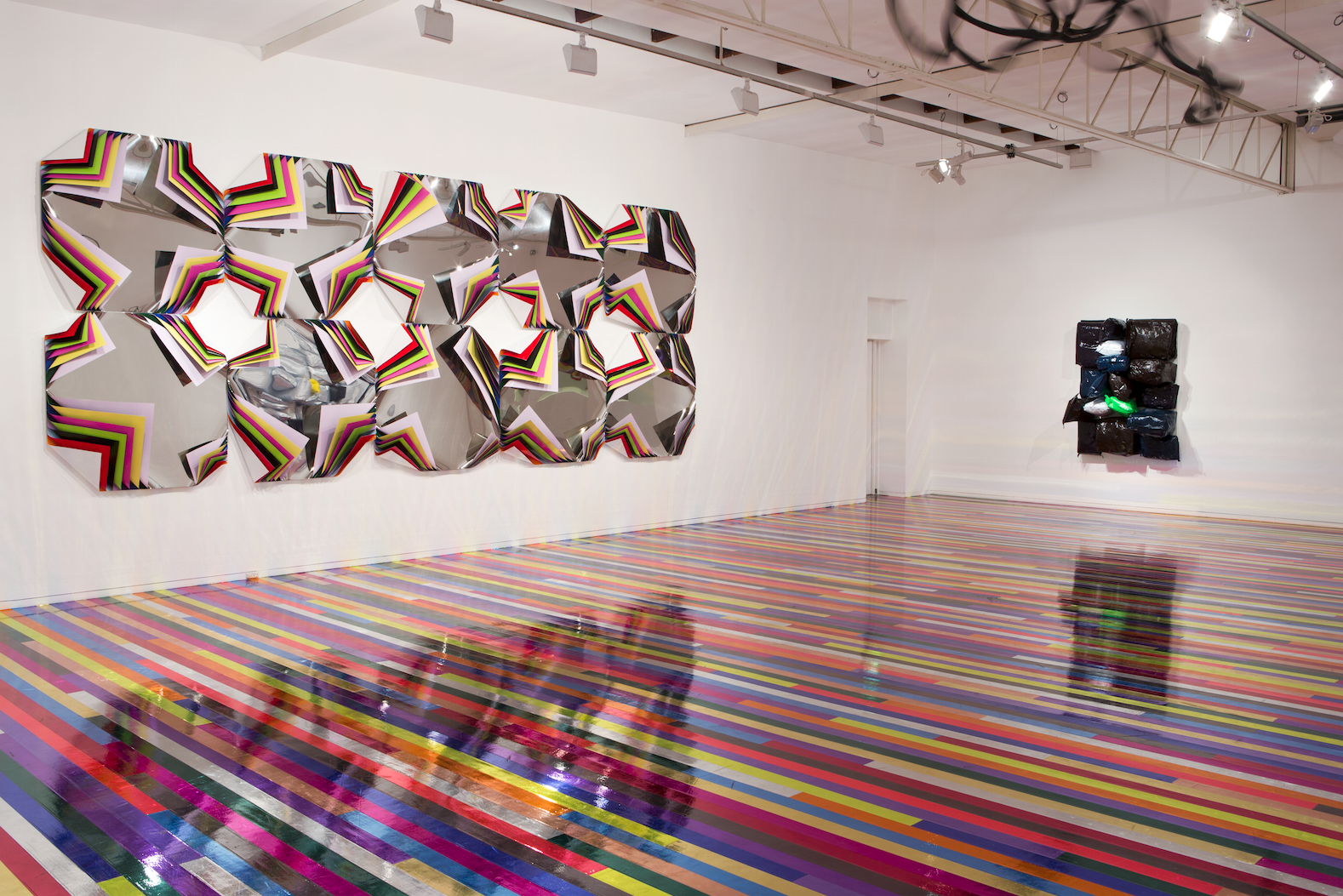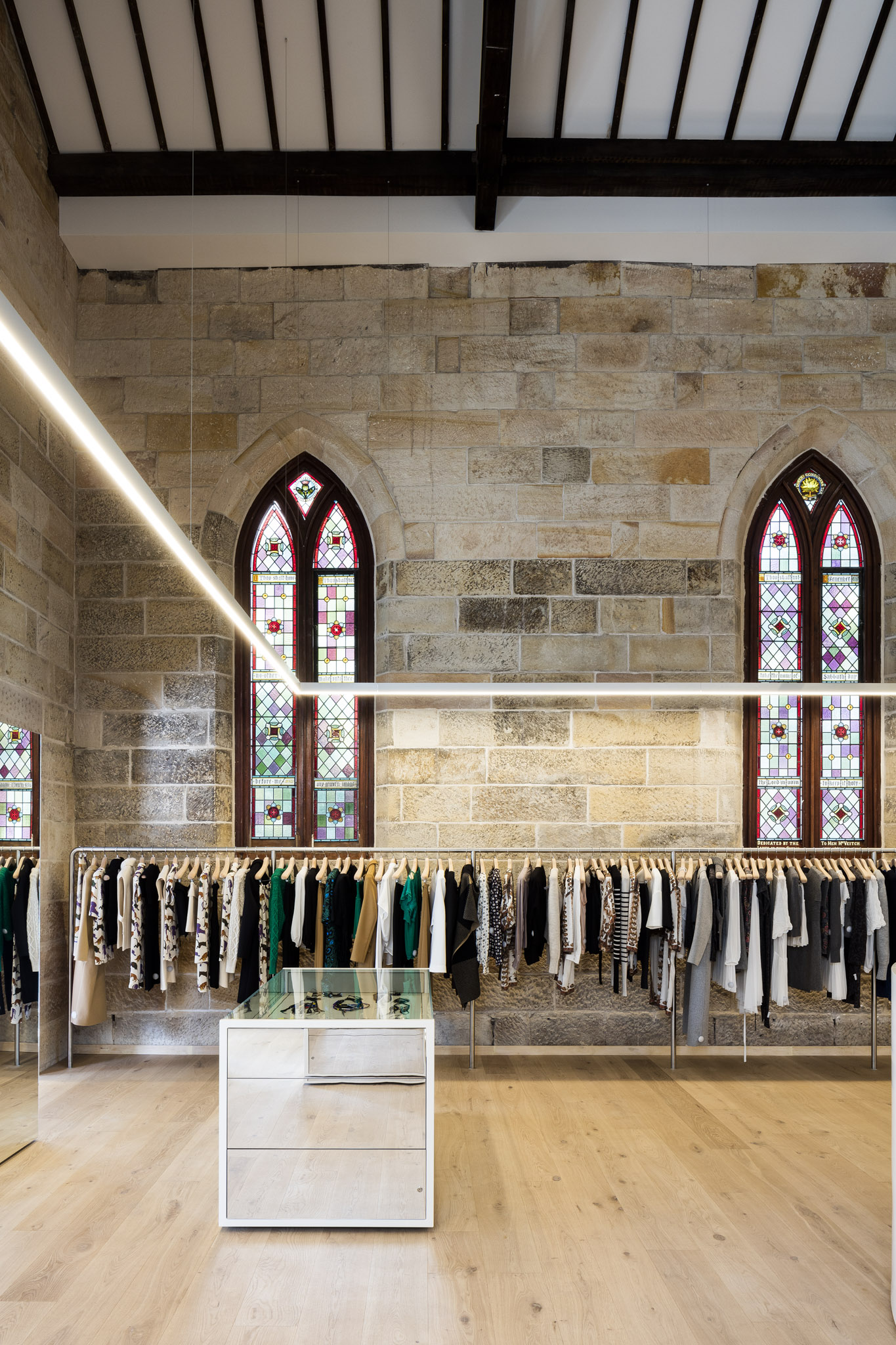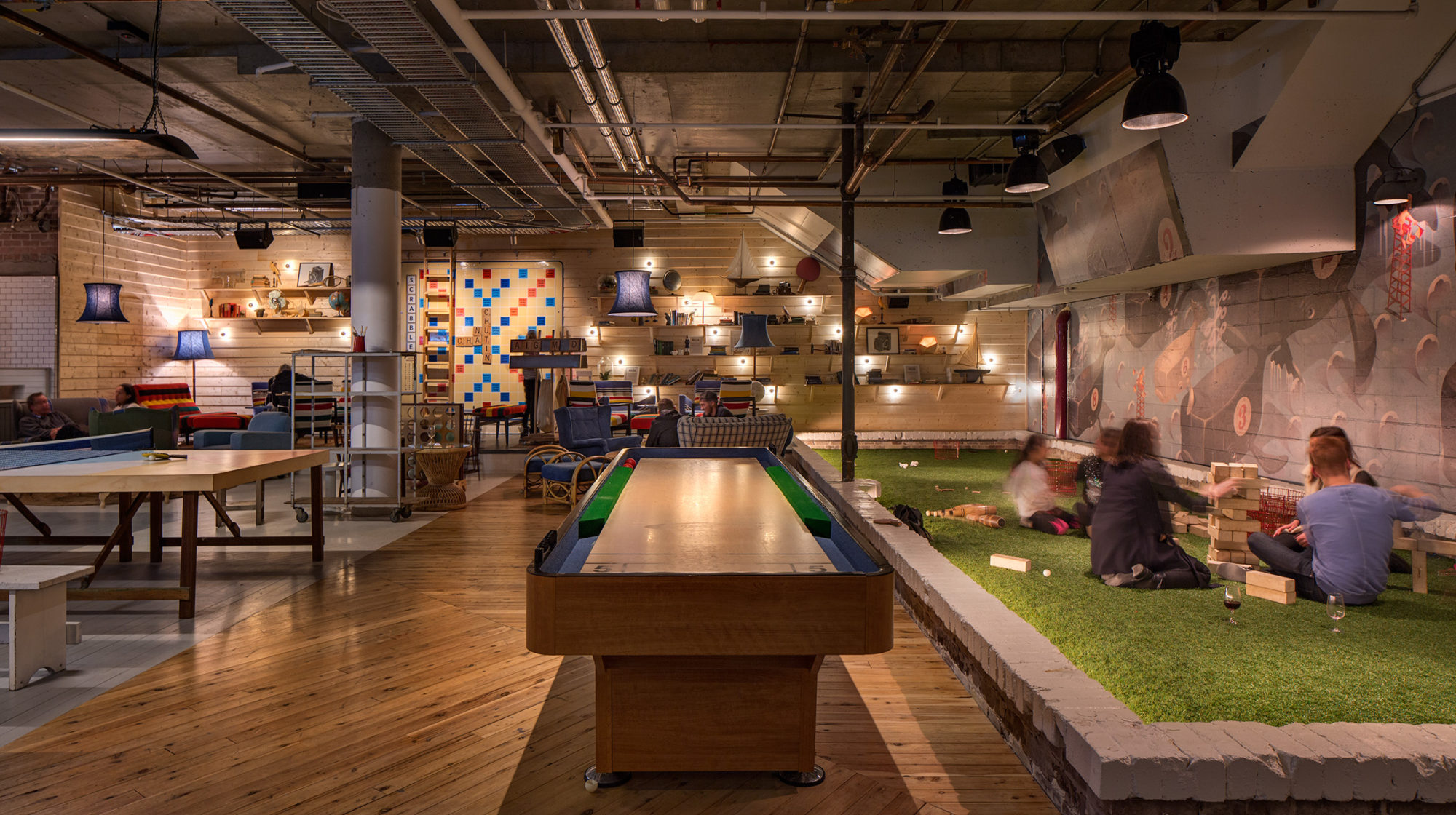Sydney cast a long shadow when I was growing up in Melbourne. The magnetic metropolis to the north exerted a powerful mythology, one freighted with hyperbole. Sydney just represented more. More people, more tall buildings, more hubris, more crime, more beauty. More of life’s essence, somehow.
Here was a city where people surfed before work and sipped cocktails at the top of revolving buildings. The skyline was always changing, a mosaic of heritage sandstone landmarks crammed next to glistening skyscrapers from homegrown architectural heroes such as Harry Seidler, who learned his craft at the side of mentors like Alvar Aalto, Marcel Breuer, and Oscar Niemeyer before returning to put his mark on the city. (His stark modernist towers, Australia Square and MLC Centre, still dominate the skyline.)
Bold design has been a hallmark of Sydney since Danish architect Jørn Utzon won the contract to design the Sydney Opera House. It was just the brand of proper-society-scandalizing, tradition-flaunting modernism that Australia needed to put it on the map: Even now those famous white sails have the same hold on the global imagination as the Eiffel Tower or the Chrysler Building, monuments to ambition and chutzpah. Today, Uzton’s grandson Mika carries on his grandfather’s legacy with artistic and design projects both at home and overseas—his latest is the New York flagship store for cult Australian leather outfitter R.M. Williams. On a more subtle level, architects like Pritzker Prize-winning Glenn Murcutt helped create a distinctly Australian architectural vernacular, using materials like corrugated iron, steel, glass, and local timber that fit in with his ethos: “Touch the earth lightly.” His designs, many of which can be seen around New South Wales, have an organic, fluid resilience.
If Sydney’s rough edges have been polished over in recent decades, transform- ing it into a glossy international Everycity, there’s also still plenty of that larrikin spirit lurking just below the surface. It’s present in the fashion scene, which long ago rejected paying homage to European and American catwalks in favor of embracing a distinctly antipodean brand of unbuttoned, streamlined cool. It’s embedded in the robust dining scene as well: Chefs here graze freely at a buffet of international influences, sampling a touch of pan-Asian fieriness, borrowing the smoky carnivorousness of Latin American grill culture, absorbing classical French technique and then totally transforming it. There’s a salty, punk-rock swagger to the city’s creative class that makes a visit invigorating, like diving under a wave at Bondi Beach and then emerging, dazed but renewed.





